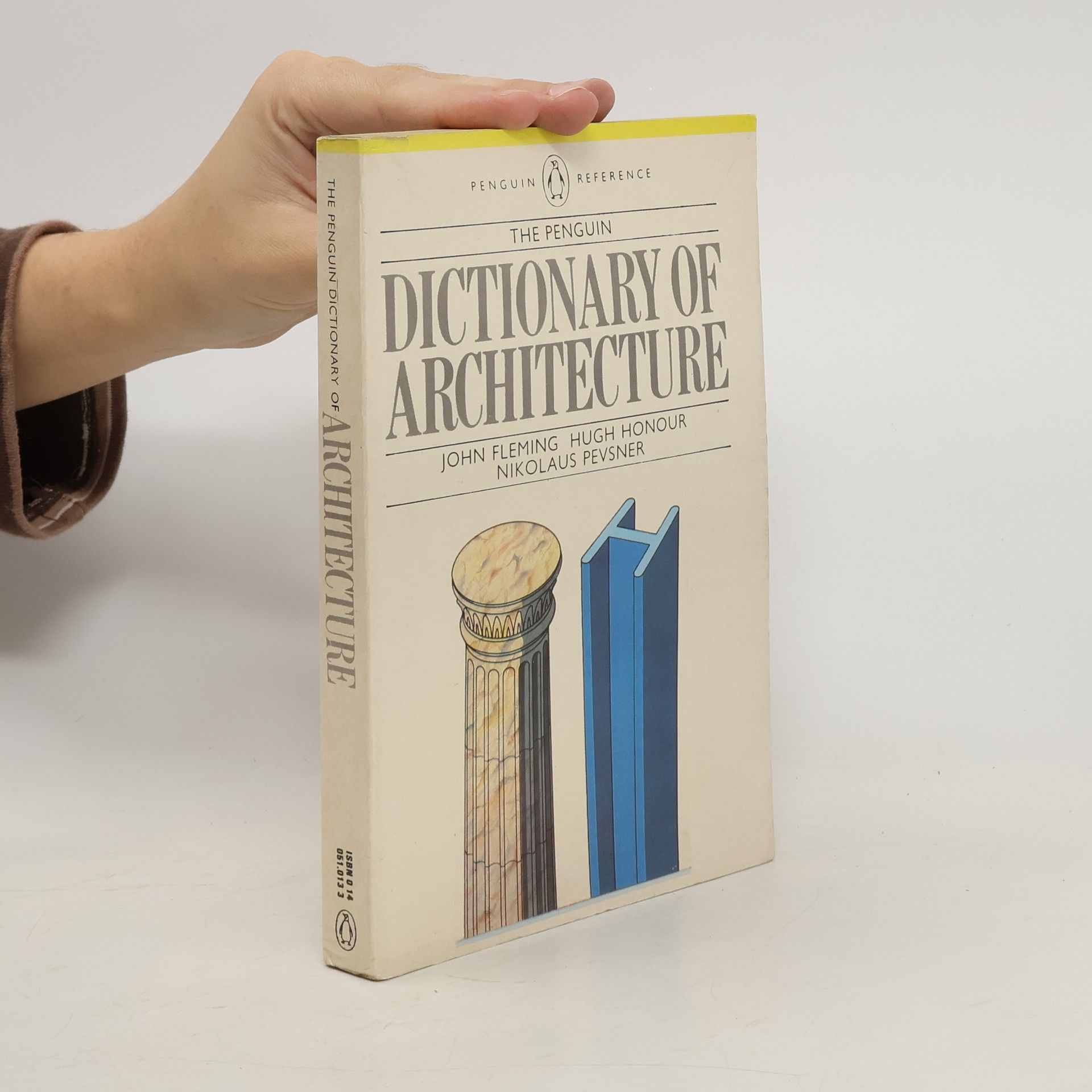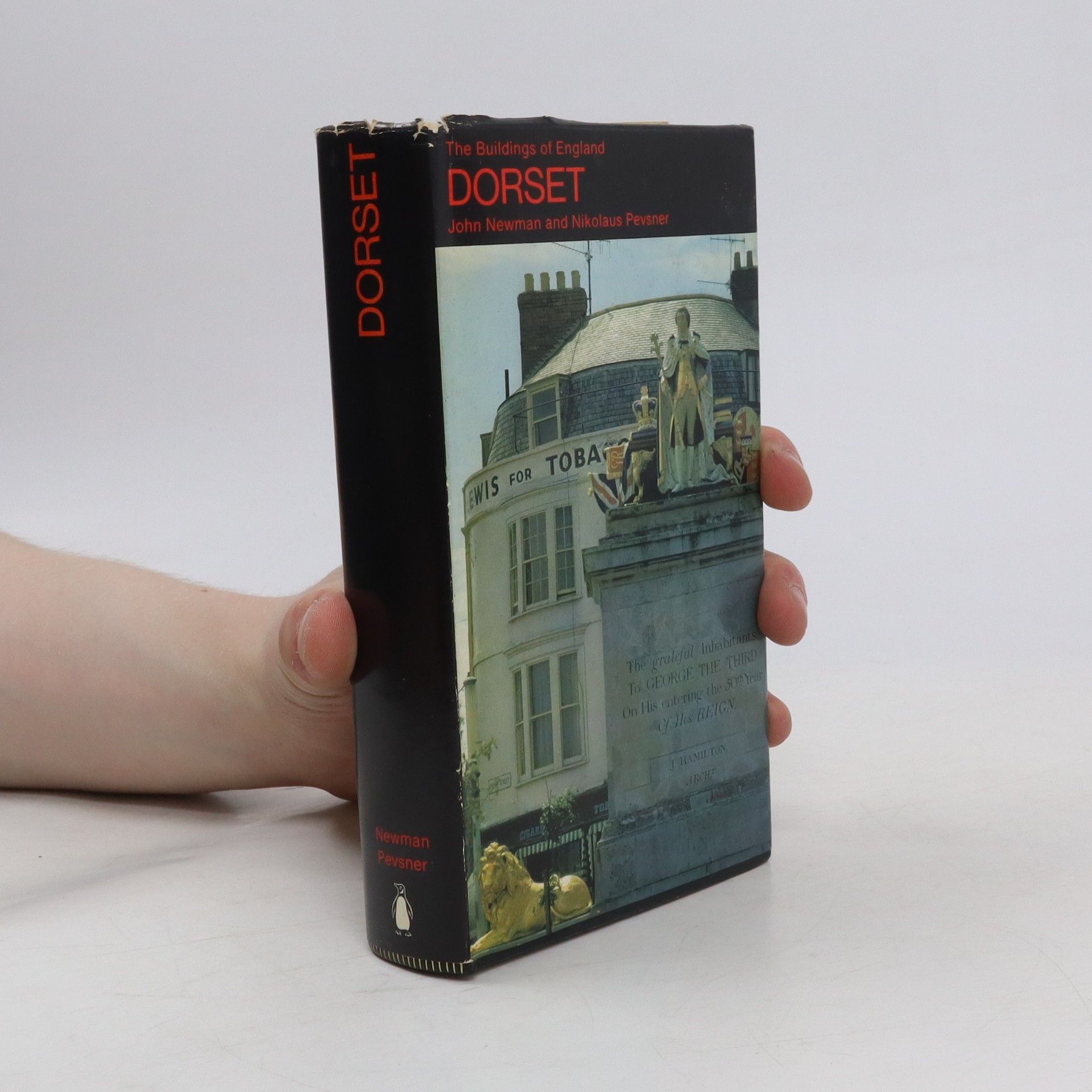County Durham
- 964 pages
- 34 hours of reading
The book serves as a thorough exploration of County Durham, highlighting its rich architectural diversity and captivating history. It delves into the unique aspects of the region, showcasing its landmarks, cultural significance, and notable sites. Readers can expect detailed insights into the county's heritage, making it an essential resource for anyone interested in Northern England's architectural landscape.


